Decade has ended, printers reminisce - The Noel D'Cunha Sunday Column
In this Sunday Column, print CEOs take stock of the decade that just ended
03 Jan 2020 | By Noel D'Cunha
Nitin Shah, director, Award Offset Printers & Packaging, Mumbai
Q: One print job that your company has produced in the past decade that you are proud of?
A: In those days, the Toblerone triangle packing material used to be supplied as flat carton sheets. Hence the chocolate content was wrapped first, and subsequently pasted and packed. I always used to wonder, why can’t the carton be supplied pre-pasted so that the filling and packing can be done on a regular line. After a lot of R&D, we at Award developed a triangle carton, which could be supplied pre-pasted and in a flat condition. Of course, it was not for Toblerone, but another product.
There’s another pack which caught my attention – the Tic Tac fresh mint pack. The pack came in two pieces, soft bottom made of plastic and rigid top. The rigid top used to make a sound while it was opened. I wondered why couldn’t we use paperboard instead of plastic? Again, after the process of trial and error, we could produce a one-piece pack with paper base.
And there are many more such innovations we are proud of.
Q: What is the one thing that you could have done differently in the last decade?
A: Our core business is pharma, and it’s one of the big threats to the pharma business has been counterfeiting. The pharma companies were always in search of new anti-counterfeiting features to safeguard their brands. Over the decade we have developed many features like direct to print serialisation, covert and overt features with special inks, using a combination of offset and digital technology. Today, we have technology that can deliver such anti-counterfeiting features in one-pass. Maybe I could have produced much better anti-counterfeiting features.
Q: One print equipment that you would want to pick up in 2020 and why?
A: There’s one technology that we cannot ignore anymore, and that’s digital printing. Now is the time for combination printing solutions, offset and digital, in one pass. In 2020, we would be looking for such economical and mass output solutions, with capabilities of personalisation and special effects.
Drupa is just six months away. We hope we get to see a solution we desire to have.
Q: On a personal note, are you satisfied with the way things have turned out for you and your business in the last decade?
A: Yes. I am very much satisfied with the way things have turned out. New businesses have opened up, we have adopted new technologies. Time demands change and along with time, one needs to change. We at Award did a lot of infrastructural changes and we are happy with the end result.
I always believe that one should always think ahead of time. Hard work always payback.
Q: It’s been a tough 2019 for the Indian economy. What’s your prediction for 2020 - Indian economy and your print business.
A: Yes, 2019 was very tough for the Indian economy – uncertainty in business, insecure payments and unhealthy competition. But as I said above, we have tried to stay one step ahead of time, focussed on new industries and played safe. There’s nothing permanent about hard times, they too will pass.
I think, 2020 should be very good post-second quarter for all industries, and that includes the Indian print-packaging industry.
Q: One advise that you would like to give to the print fraternity to be successful in times to come.
A: Old systems are being replaced with new ones, which have ruffled a few feathers. Demand for print is increasing. My suggestion to all fellow printers is: adopt new technology that will support today’s print demand.
Faheem Agboatwala, managing director, Hi-Tech Printing Services, Mumbai

A: The Pragati calendar.
Q: What is the one thing that you could have done differently in the last decade?
A: More delegation, preparation for second line to take the business to the next level.
Q: One print equipment that you would want to pick up in 2020 and why?
A: We have recently invested in PDF to printed sheet inspection system for one location. I would like to replicate that for the other unit as we feel this is imperative for quality consistency. Our focus will be to improve consistency wherever possible.
Q: On a personal note, are you satisfied with the way things have turned out for you and your business in the last decade?
A: We have lots to be grateful for, considering the current state of affairs I am pretty satisfied that we have ruminated on our bottom lines and managed to increase our profitability. Sensible investments are the key to flourish.
Q: It’s been a tough 2019 for the Indian economy. What’s your prediction for 2020 - Indian economy and your print business?
A: With the way things are going, I don’t see any huge improvement in 2020. Besides the macroeconomics, our industry, in particular, will continue to face colossal challenges. Recyclable/Reusable and artificial intelligence are two themes which are going to change the way we think and print in this decade.
But wait, at BMPA, we are upbeat about the PS 2020, the knowledge seminar we have been hosting since 2005.
The theme for 2020 is – Open your mind to focus. And we have a speaker line-up which we hope will show us marvellous ways of staying positive in the doom and gloom times.
Mukesh Patil, director, Kagaaz Press, Surat
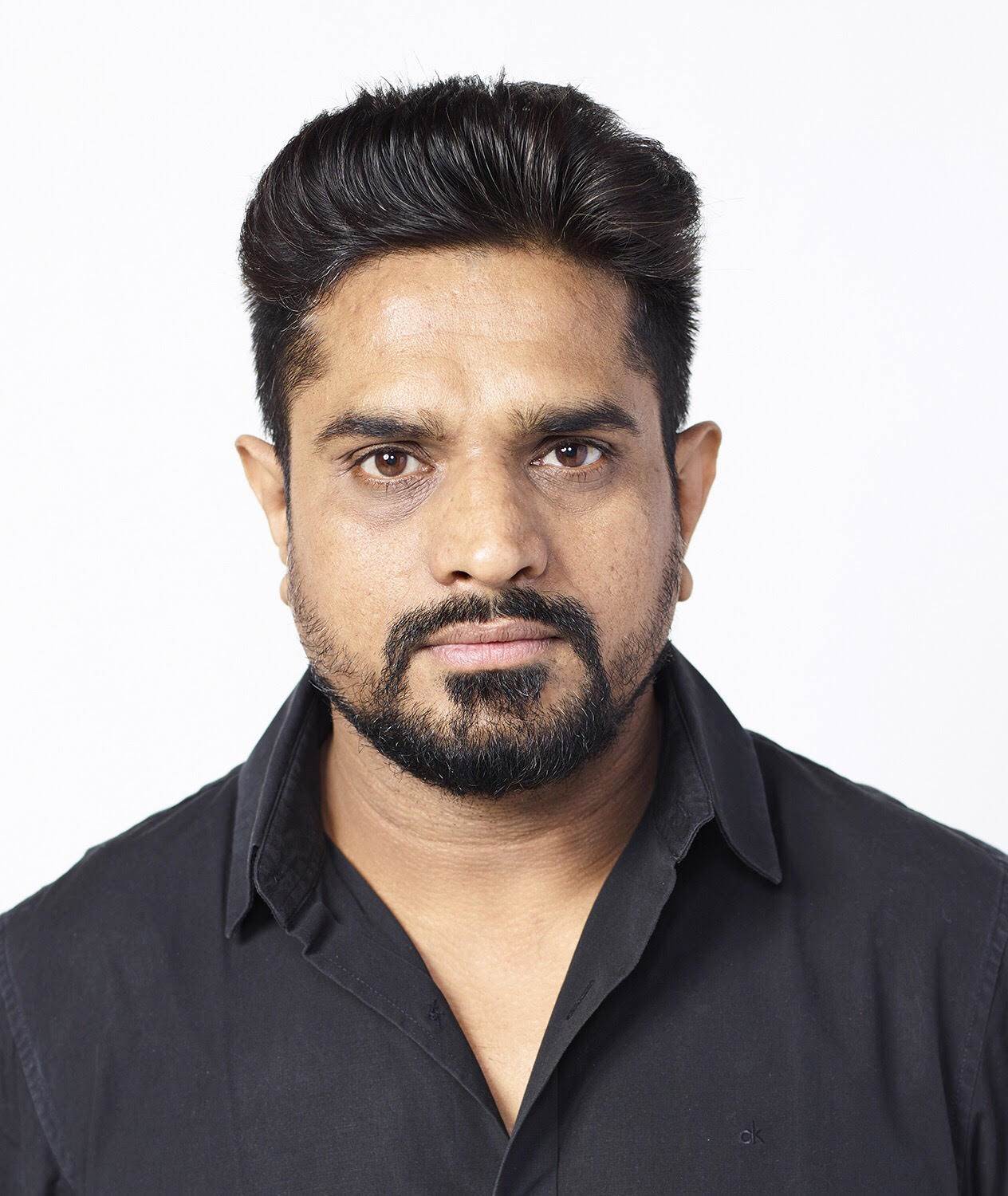 Q: One print job you saw in the last decade that you wish you had created/worked on?
Q: One print job you saw in the last decade that you wish you had created/worked on?
A: I saw few of samples on display during the PrintWeek Awards Night on 2 December 2019. The invitation card produced by Lustra Print Process is something we wish we could produce.
Q: What is the one thing that you could have done differently in the last decade?
A: There are a few things, but print processes and quality could have been even better. That way we would have reached out to more prospects.
Q: One print equipment that you would want to pick up in 2020 and why?
A: A screening printing kit so that we can add value to our print. Extra treatment like UV and other applications possible through the screen printing process will enhance our print offering.
Q: On a personal note, are you satisfied with the way things have turned out for you and your business in the last decade?
A: There’s nothing like ‘satisfied’ in our world. You achieve one milestone, only to realise that there are many more in the pipeline.
As far as Kagaaz is concerned, we are a new player on the Surat print’s circuit, who started off with a Heidelberg CD 102, and in the next six months installed a brand new Heidelberg Speedmaster CX 72 press. We have also added digital printing to our portfolio to cover the local market. So, we believe we have our feet firmly grounded in the Surat’s print market.
Q: It’s been a tough 2019 for the Indian economy. What’s your prediction for 2020 - Indian economy and your print business?
A: India is one of the top three contributors of the world’s GDP, just below China. I think there’s enough demand for print, but we should be able to produce products which entice the consumer to buy the product.
At Kaagaz, we are very optimistic that we will grow in the upcoming years.
Aaditya Kashyap, managing director, Marks Group

A: We have just started in our print journey, and there are many awe-inspiring print jobs which are a wish list. One particular job is the shrink sleeves for White Walker (Johnnie Walker limited edition for Games of Thorns) made by CCL Labels, which was a sheer demonstration of technical competence with highly creative use of print technologies married with design excellence.
The bottling aims to bring consumers to the ‘Frozen North’ with an icy white and blue design along with the iconic Johnnie Walker Striding Man now fashioned in armour to fit in among the ranks of the Night King’s forces. By using temperature-sensitive technology, where fans got the message “Winter is coming” from an unexpected graphic icy reveal on the bottle when frozen.
Q: What is the one thing that you could have done differently in the last decade?
A: After discovering my passion for print in my professional life, I now wish I would have studied print. A formal print education would have given me a stronger foundation to build upon in my business. This has now become a personal interest to promote printing as a career to the young generation and thus see that the print industry also stays relevant with the times and attracts new talent. This is the only way for the industry to survive and grow.
Q: One print equipment that you would want to pick up in 2020, and why?
A: It has to be digital. Pure digital or hybrid, but we need to get the power of offering personalisation to a brand. Today, brands have to engage shoppers in a world where connectivity, mobility and social media are the ruling forces. To grow, brands need to explore ways to create relevancy, engagement and interaction through packaging. With digital facility add-on to our existing infrastructure, we can work with brands to develop relevancy on retail shelves, personalise packages for online purchase, connect social media to every pack and also print long run jobs.
Q: It’s been a tough 2019 for the Indian economy. What’s your prediction for 2020 - Indian economy and your print business
A: Adapt and grow or die.
The disruptive force of technology is killing off older companies earlier and at a much faster rate than decades ago, squeezing employees, investors and other stakeholders.
2019 has been a challenging year for India in particular, but I think we should not wait and blame the situation. I am sure no one has the formula to kick in the economy in 2020. It is the total of innovation of all companies and all sectors which can bring in any positivity.
So, I would be optimistic and put all my focus on improving our efficiencies, capabilities, knowledge and combine it to offer some new innovative products and services to our customers to grow. I wish all a prosperous New Year - 2020.
IN Mittal, director, Narain Printers & Binders, Noida, UP
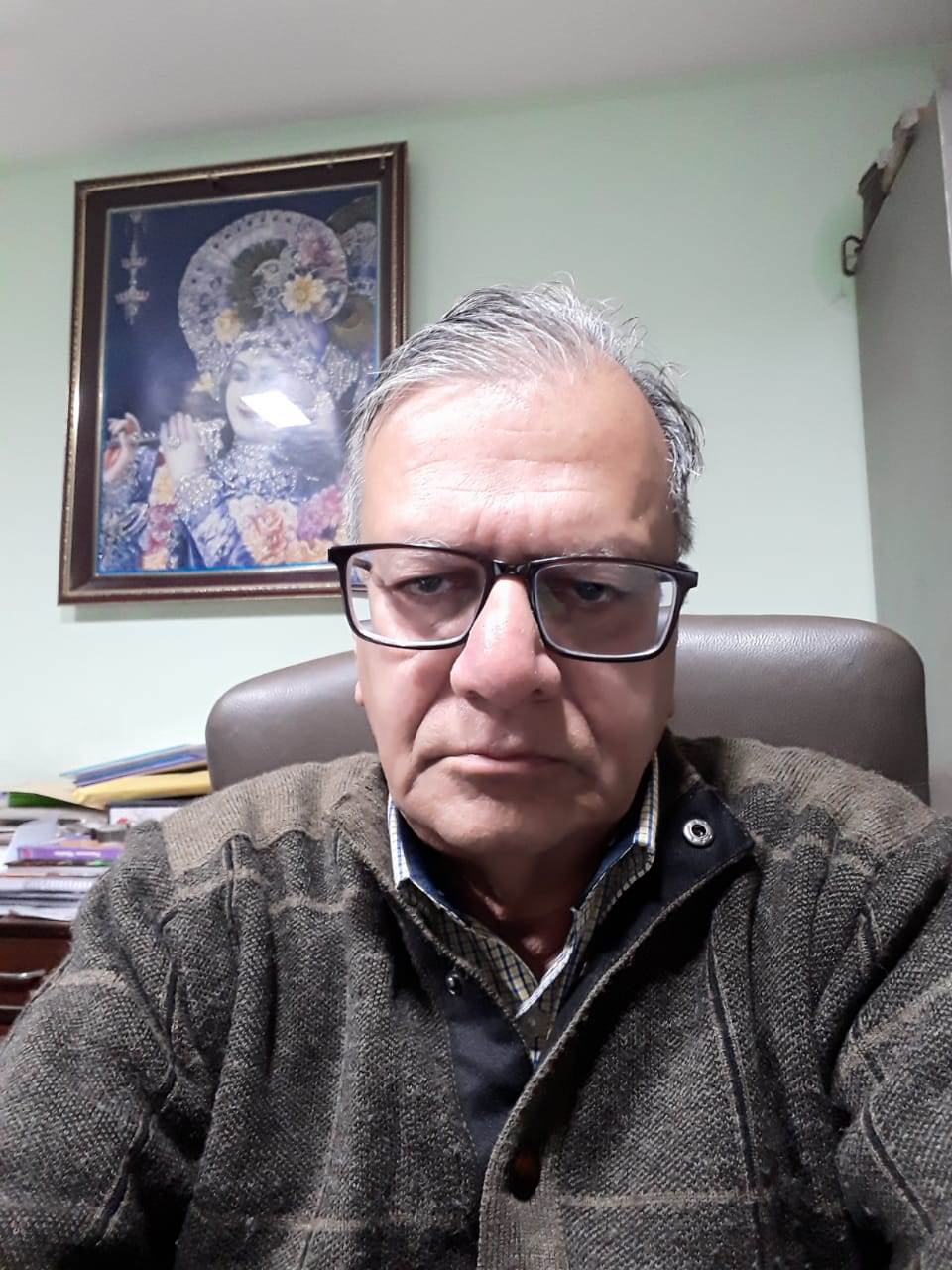 Q: What is the one thing that you could have done differently in the last decade?
Q: What is the one thing that you could have done differently in the last decade?
A: For the most part of the decade, it was print and supply. While we have improved our quality as well as the ability to print more, we could have done this much earlier.
Q: One print equipment that you would want to pick up in 2020 and why?
A: Given the economic scenario and the state of the print industry, I don’t think we would be investing in equipment during 2020.
Q: It’s been a tough 2019 for the Indian economy. What’s your prediction for 2020 - Indian economy and your print business?
A: I have already said that the present Indian economy is at its worst state. Our Prime Minister’s intentions behind the demonetisation may have been good, the results have not been very good. There’s a money crunch now.
Again, Make in India is a good initiative, but goods from China continue to be imported, while the local manufacturing units are closing down. So much so, Indian publishers are getting their books printed in China.
More students are going abroad for higher education and staying behind because of better employment opportunities. Indian students too are going abroad seeking better employment. Now less educated and free-food receivers are left in India. Political parties continue to do what they have been doing, hence nothing will change.
Mine may be bitter words, but our position will not change, and we will continue to go downwards.
Adi Jain, director, Paras Offset, Kundli, Haryana
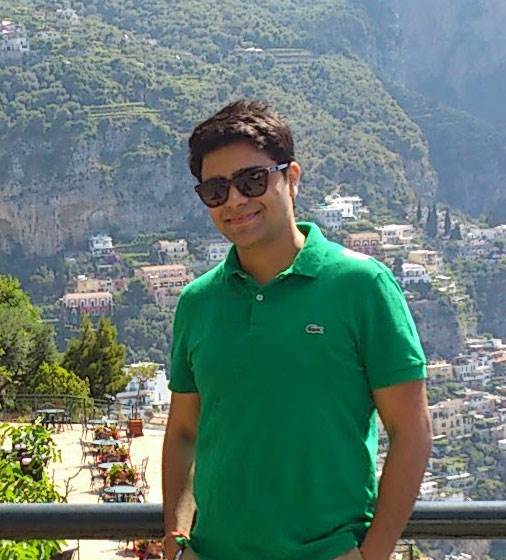 Q: One print job you saw in the last decade that you wish you had created/worked on?
Q: One print job you saw in the last decade that you wish you had created/worked on?
A: Cadbury's Silk Praline gift pack. The packaging dramatically increases the product's desirability and makes the product stand out on retailer shelves.
Q: What is the one thing that you could have done differently in the last decade?
A: Focused on increasing automation and reducing manual intervention in production and quality processes.
Q: One print equipment that you would want to pick up in 2020 and why?
A: Automatic die-cutter and foil stamper to increase production throughput and reduce manual intervention in die cutting and foiling jobs.
Q: It’s been a tough 2019 for the Indian economy. What’s your prediction for 2020 - Indian economy and your print business?
A: The economy will continue to be soft, commercial printing's decline would continue, traditional offset printing would get even more competitive and book printing season would continue getting compressed.
For printers such as us, this would mean continued stresses on payment realisation and an added impetus on shift towards value-added jobs on one hand and high production throughput on the other - basically being caught between a rock and a hard place.
Narendra Paruchuri, chairman, Pragati Group
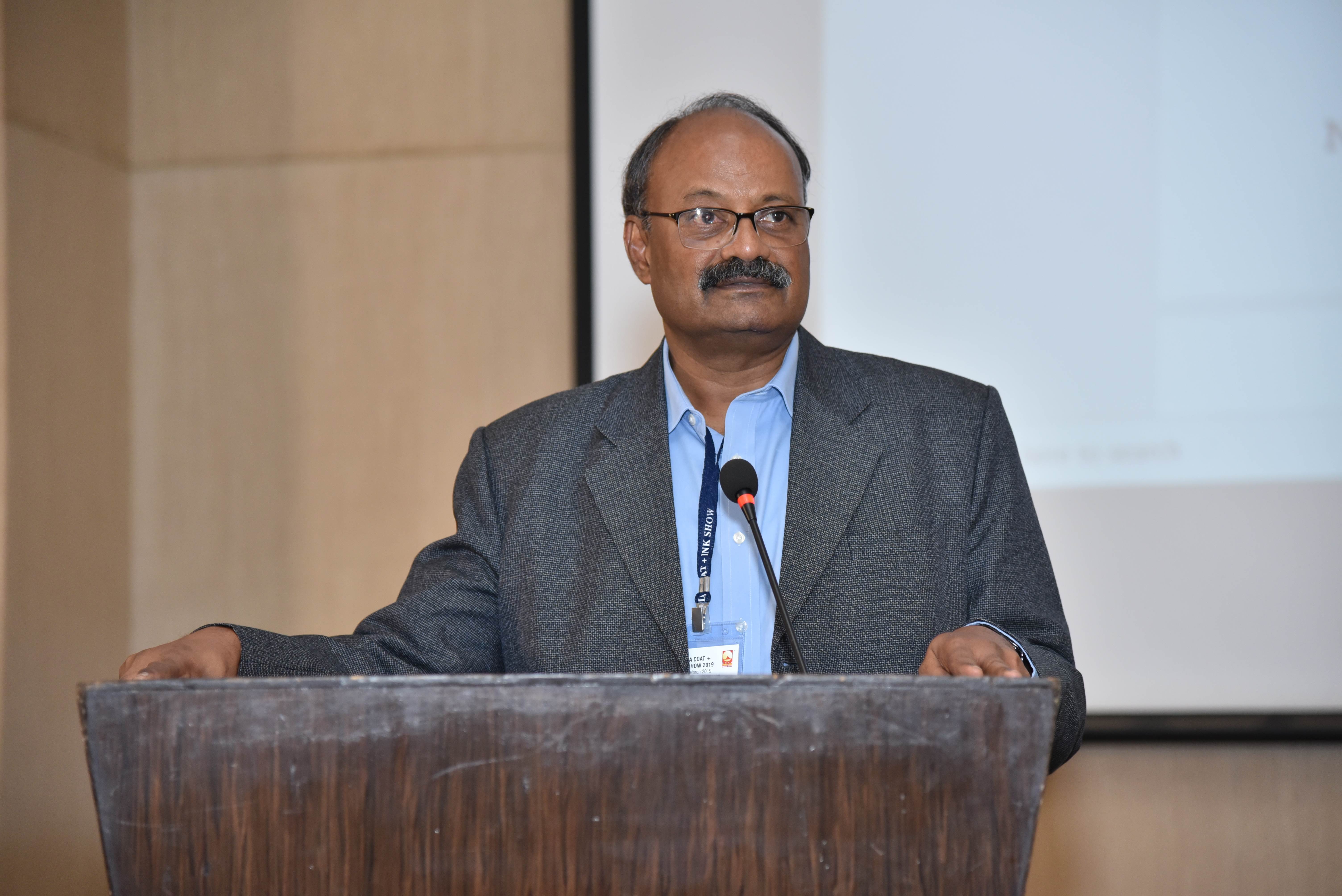
A: During Interpack 2008, I saw a carton printed by a German press Cartondruck. It had a Fresnel lens on all four sides. It was simply astounding. Hemanth and I kept ogling at it as we did not know the technology nor could gauge how it was done. We were happy that the Pragati calendar of 2014 had a sheet with a Fresnel lens. I was happy that we could decipher the technology.
Q: What is the one thing that you could have done differently in the last decade?
A: Nothing. We all make mistakes and learn. We are happy that we had our share of successes and spoils. We are thankful and grateful for the way the last decade has gone.
Q: One print equipment that you would want to pick up in 2020 and why?
A: We will have more clarity after Drupa 2020.
Q: It’s been a tough 2019 for the Indian economy. What’s your prediction for 2020 - Indian economy and your print business?
A: I think the worst is over. The year ahead would be better than what is going by. That is what all the biggies - SBI, Morgan Stanley, Moody's are saying. The biggest worry for any industrialist is: where do we find people who are willing to work? People are going to be the bone of contention. So many things should change. Our education system. The government doles.
Fear of/for evading tax has to be instilled. Labour laws have to be clear. MSME bill was brought to the Parliament in 2018 saying that companies with less than Rs 250-crore turnover would be declared as MSME. Two years have gone by. The sad part is that time is flying quickly, and we are where we were, while the world is moving ahead.
Ankit Tanna, director, Printmann Group

Q: One print job you saw in the last decade that you wish you had created/worked?
A: Paper Boat. It’s a wonderful flexible stand-up pouch. I also like the tamper-clear screw thread plastic cap.
Q: What is the one thing that you could have done differently in the last decade?
A: Printmann is into four product verticals. I wished we would have focussed on all four products as individual profit making centres rather than focusing on overall profitability.
Q: One print equipment that you would want to pick up in 2020 and why?
A: We have not decided yet on any 2020 investment plan, but if we do and customer demand needs one, I’d pick a seven-colour UV press.
Q: On a personal note, are you satisfied with the way things have turned out for you and your business in the last decade?
A: Extremely satisfied. We have grown leaps and bound in the last decade and hope the coming decade will be the same if not better.
Q: It’s been a tough 2019 for the Indian economy. What’s your prediction for 2020 - Indian economy and your print business?
A: Form is temporary, class is permanent. Both the Indian economy and print will make a huge comeback in 2020.
Ravinder Gupta, managing director and CEO, PR Packagings, Haryana
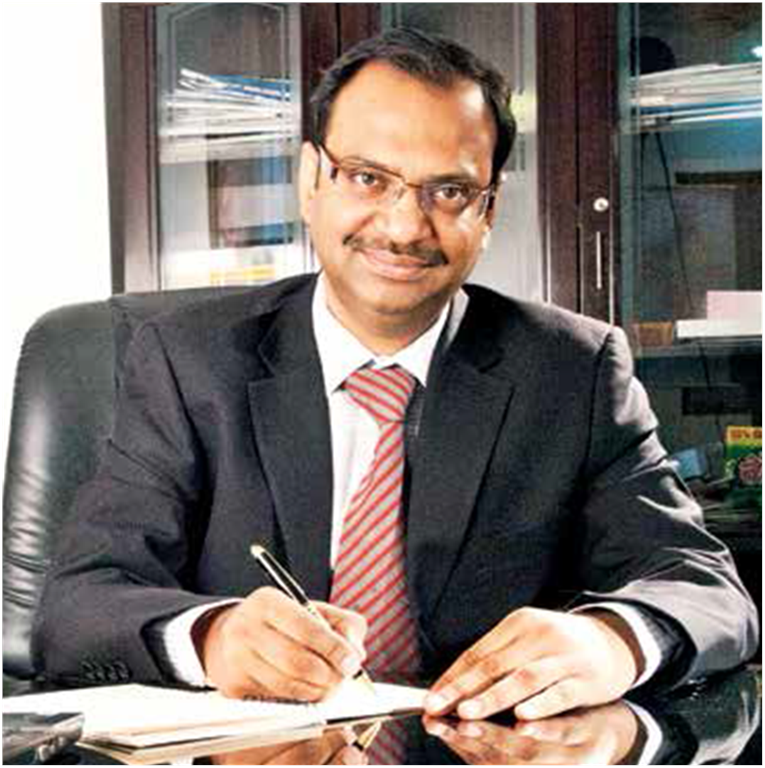 Q: One print job you saw in the last decade that you wish you had created/worked on
Q: One print job you saw in the last decade that you wish you had created/worked on
A: This is a very generic question as there are many wonderful jobs across the world that we have envied and also subsequently done. Our company values encourage impact in society and growth of the national economy. So we would have loved to contribute to Government of India's ‘Make in India’ promotional campaigns or worked with NGOs who are creating a positive contribution around us.
Q: What is the one thing that you could have done differently in the last decade?
A: We could have executed projects earlier than we did. Any market study takes time, but if action is taken too late, the market starts saturating, especially in an entrepreneurial economy like India. The turnaround time from research to execution in a business plan will only reduce in the coming decade considering the exponential growth of technology we see around us. Speed-to-market is a skill that will require more of a sprint than marathon, more of opportunist capitalisation than long-term persistence.
Q: One print equipment that you would want to pick up in 2020 and why?
A: That is a question better-answered post-Drupa 2020. Considering the current market trends, optimised equipment is needed for both short-run and long-run jobs, also something that maximises the post-press operations within the press. Something similar on the lines of Landa printing machine maybe.
Q: It’s been a tough 2019 for the Indian economy. What’s your prediction for 2020 - Indian economy and your print business?
A: The best opportunities arrive in the toughest of times. The Indian economy should hopefully see growth if the government takes the right steps towards greater rural spending, currency devaluation, and lower lending rates.
The World Bank president says, the slowdown is an aberration of impacts like demonetisation and GST, which will see a turnaround in the months to come.
2020 should be a good year for the Indian economy. Our print business will grow irrespective because we have a unique roadmap laid out to add greater value to our customers and the print ecosystem as a whole via technology, innovation, training and education.
Tejas Samarth, Sai Paks, Pune
 Q: One print job you saw in the last decade that you wish you had created/worked on?
Q: One print job you saw in the last decade that you wish you had created/worked on?
A: At Labelexpo Brussels 2019, I saw many new technologies and finished processed jobs which I wish I could have applied and worked on for my existing jobs. Of course, the samples displayed at Printweek Awards 2019 also adore me.
Q: What is the one thing that you could have done differently in the last decade?
A: Since last two years, I am into the family business. We have been doing it, but maybe creating more new kinds of packaging to our customers, ones that cost less and are efficient. The new decade will see us embark on a whole new journey.
Q: One print equipment that you would want to pick up in 2020 and why?
A: There are many in our bucket list. But a combination flexo press for flexible packaging is something that I would be looking at.
Q: On a personal note, are you satisfied with the way things have turned out for you and your business in the last decade?
A: Ours is a family-owned business since and from what I have gathered in the last two years is one of complete satisfaction. When it comes to the new generation getting into family-owned print business, there are challenges and difficulties. However, familiarity with the business is a comfort zone. So, the last two years have been wonderful for me.
Q: It’s been a tough 2019 for the Indian economy. What’s your prediction for 2020 - Indian economy and your print business?
A: Yes. The period August to October 2019 was especially tough. The situation has since improved, though I cannot say it is good. I hope 2020 will be better.
Bharat Gupta, managing director, Shuban Prints, Jaipur

A: Fair and Handsome box is a perfect standard of quality and technology. This box is one which I really want to work on. The micro embossing and the combination of metPET are really nice and make this box different from the league.
Q: What is one thing that you could have done differently in the last decade?
A: I want to do some experiment where we can print the BOPP on rotogravure and then laminate it on board and punch them to the carton. No printing on board just reverse-printing on BOPP to make it different in colour depth.
Q: One print equipment that you would want to pick up in 2020 and why?
A: Cold foiling is the equipment which is a must-buy in my list as we have installed an eight-colour Komori press just to get out of metPET carton.
Q: Its been a tough 2019 for the Indian economy. What’s your prediction for 2020- Indian economy and your print business?
A: As a print service provider, we operate in an environment which depends on consumption. In 2020 we will see more international players enter India, and so, it looks to be a good year. I think 2020 will be a departure year, for the good or bad.
Amit Shah, managing director, Spectrum Scan, Vasai
 Q: One print job you saw in the last decade that you wish you had created/worked on?
Q: One print job you saw in the last decade that you wish you had created/worked on?
A: There are so many drastic changes happening, and rapidly, both within the industry and the clients. It’s a bit difficult to pinpoint a particular project.
Q: What is the one thing that you could have done differently in the last decade?
A: I think we should have ventured into eCommerce with our own product line. But now it would have given us a holding in the online sales market. It would have positioned us differently in the industry.
Q: One print equipment that you would want to pick up in 2020 and why?
A: A high definition UV roll-to-roll and a flatbed digital printing machine with the features of offset printing. This would enhance our on-demand print of POP/POS facility and retail branding solutions.
On a personal note, are you satisfied with the way things have turned out for you and your business in the last decade?
Yes and No. Well, yes because we have streamlined our operation with additional space, enhanced technology and skilled manpower. No, because we have a greater capacity to fulfil the market requirement, which is slightly sluggish.
Q: It’s been a tough 2019 for the Indian economy. What’s your prediction for 2020 - Indian economy and your print business?
A: We envisage great growth prospects in the industry – nationally and internationally.
C J Jassawalla, executive director – printing, Thomson Press, New Delhi
 Q: One print job Thomson Press has produced in the past decade that you are proud of?
Q: One print job Thomson Press has produced in the past decade that you are proud of?
A: Sadhguru published by Raghu Rai Foundation for Art & Photography. Thomson Press printed this book in 2018. It had all the ingredients - extra ordinary size (594 X 452 mm), heavy weight (approx. 10 kg/ book), special paper used (IRIS 190 gsm), hard-case book (carrying 48 sections of four pp), flat back drill strip binding, which was manually done, gold / silver silk screening & picture pasting on cover made with special black cloth. Over and above, there was a debossing over the flap box.
Q: What is the one thing that you could have done differently in the last decade?
A: Should have been able to differentiate and attract customers who would value ‘reliability’, who give a premium for service that delivers ‘On time, in full with good quality’. And from them, we should have been able to get better pricing to recover our costs.
Q: One print equipment that you would want to pick up in 2020 and why?
A: A 4/4 web machine and a 4 /4 perfector, to replace the aged machines, and add capacity.
Q: On a personal note, are you satisfied with the way things have turned out for you and your business in the last decade?
A: Margins have been shrinking, and will continue in this manner. Innovative printers will find ways and means to fight this and remain sustainable and profitable. So, while product segments are fluctuating in their growth and the environment has not been supportive, we need to ensure that Thomson Press will remain ‘the Printer of Choice’ for the distinctive value we offer to our chosen customers.
Q: It’s been a tough 2019 for the Indian economy. What’s your prediction for 2020 - Indian economy and your print business?
A: Commercial printing as a business is so highly fragmented that the economy really need not affect individual outcomes. We have to develop our core competencies, ensure they remain relevant to our customers and delight them.
Jeevaraj Pillai, joint president - packaging and new product development, UFlex
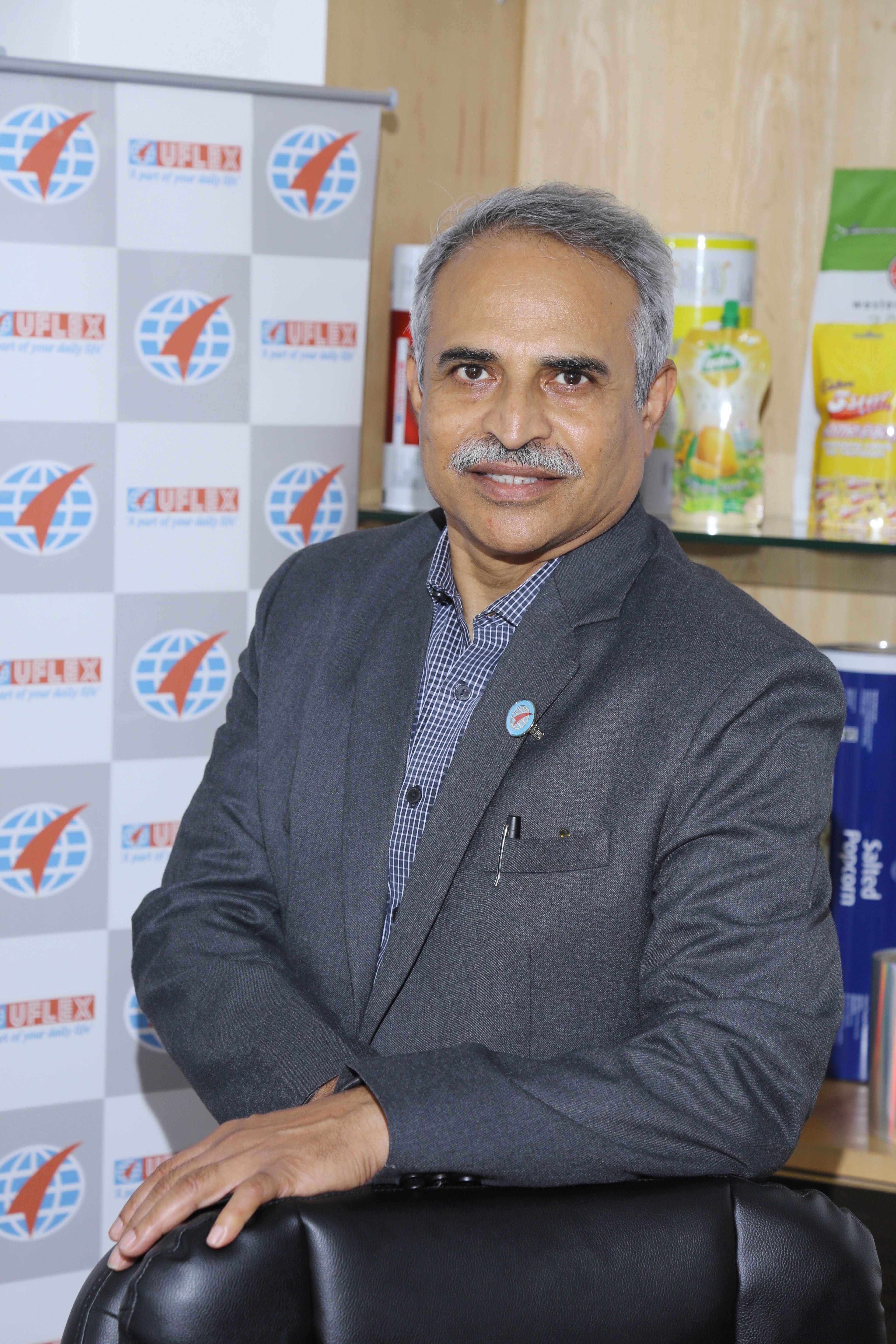
A: It would have to be printing in-register on Fresnel lens. In secondary packaging, there are artistically created graphics available which is done through the offset process wherein Fresnel lens formed board or metallised paper is printed in-register.
An example I can cite here is Marlboro packs with registered Fresnel lens which is definitely one of the most appealing packs I have seen in this segment. Most high-end liquor cartons have been printed with Fresnel lens in-register. Gravure, unfortunately, has a limitation to deliver this.
Q: What is the one thing that UFlex could have done differently in the last decade as a printing and converting company?
A: Transition to water-based ink to make packaging more environment-friendly instead of the use of solvent-based inks has been an expectation from UFlex as well as the industry, in the last decade.
Use of solvent poses a challenge to food safety thence making it extremely important to eliminate solvent-based inks and switch to water-based ink and water-based lamination to drive away the solvent from the product.
Q: One print equipment that you would want to invest or buy in 2020 and why?
A: Most printing processes like offset and flexo are moving to computer-to-print (CTP) technology where an image is created on the front-end device and one can directly make the print media, eliminating the need for print intermediaries. Offset and flexo processes have already embraced CTP. In gravure, not much work has been done on this front yet.
Given that UFlex has been making a lot of efforts to cut down/ eliminate any environment unfriendly process, one thing that I would definitely like our company to have is to move to CTP process to make cylinders from the computer directly.
Q: On a personal note, are you satisfied with the way things have turned out for you and your business in the last decade?
A: UFlex is synonymous with constant innovations and our growth graph, in the last decade, is also a result of our innovative solutions that we have developed, from 4D brick bag to our 90% PCR based PET films; from FlexFresh, world’s first Active Modified Atmospheric Packaging (AMAP) solution that extends the shelf life of fresh produce and is also 100% biodegradable to our special BOPET film used for Alu-Alu blister pack that was also granted a US patent recently.
All have been possible due to our strong research & development initiatives which have made us the trusted partners not only to the large consumer and pharma brands but also to organisations like IBA and ISRO to develop specialised products for them.
So, the last decade has definitely been satisfactory for UFlex however I can’t say that about the industry which still follows a herd mentality and waits for others to lead the path, be it in sustainability, developing new technology or investments. Much as we are happy to be doing that as an industry leader, I feel the rest of the industry too needs to take equal, if not more initiatives, in showing their creativity and innovations. UFlex has added six more patents in 2019 to its collection of the few-dozen already existing.
If we take a look at the numbers of patents that were filed in India against others in the world, the numbers are quite dismal. This reflects the low spend on R&D by Indian companies, including the packaging industry. It definitely has a lot of scope for improvement!
Q: It’s been a tough 2019 for the Indian economy. What’s your prediction for 2020 - Indian economy and your print business?
A: We are definitely on the same wavelength as you, as 2019 has been a rough road to tread, not only for the Indian economy but even for several other geographical territories around the globe. There has been a slowdown in the FMCG sector that has affected our industry as well. While the packaging industry is still seeing growth, the rate of that growth has slowed down.
As far as our outlook on the economy in 2020 goes, we are hopeful that growth rate for the Indian economy and its sectors will accelerate, and this will be reflected through a simultaneous growth in UFlex as well as the packaging and print industry.
Ravindra Joshi, managing director, United Multicolour Printers

A: A swatch book for Tata Blue Scope which involved a lot of fabrication work.
Q: What is the one thing that you could have done differently in the last decade?
A: Considering the phenomenal growth of print in the last decade, I should have considering franchising to expand my business. When I invested in a four-colour machine, I was the first one to do so in Pune. Now there are more than 300 out here. I think I could not gauge the speed at which the industry was progressing. I would have loved to start my company’s branches at least in Maharashtra.
Q: On a personal note, are you satisfied with the way things have turned out for you and your business in the last decade?
A: I am happy and contended. There is nothing I am unhappy about. It was also the decade when I became the president of the highest print body in India. I am humbled by the honour.
Q: One print equipment that you would want to pick up in 2020 and why?
A: I would pick a seven-colour UV machine, and I think the time is ripe for us to invest in one. Why? Packaging is growing at a phenomenal pace, and packaging it seems will lasting market. With a UV press one can produce a variety of work and give justice to the requirements of the market.
I know Drupa 2020 is round the corner, but I am really eager to go for it.
Q: It’s been a tough 2019 for the Indian economy. What’s your prediction for 2020 - Indian economy and your print business?
A: The radical decisions and the changes this government has brought did slow the economy in the last couple of years. I think, the intentions have been good, and the results will definitely follow.
As I mentioned the last two years have been tough, with 2019 the toughest. I can say the business is down 20%.
That said, in the last decade print touched its peak. We have seen printers flourish. New technology has enabled them to exploit the situation, and they have indeed done wonderfully in their businesses.
Raahhul Zavarre, executive director, Zaware Creative Enterprises
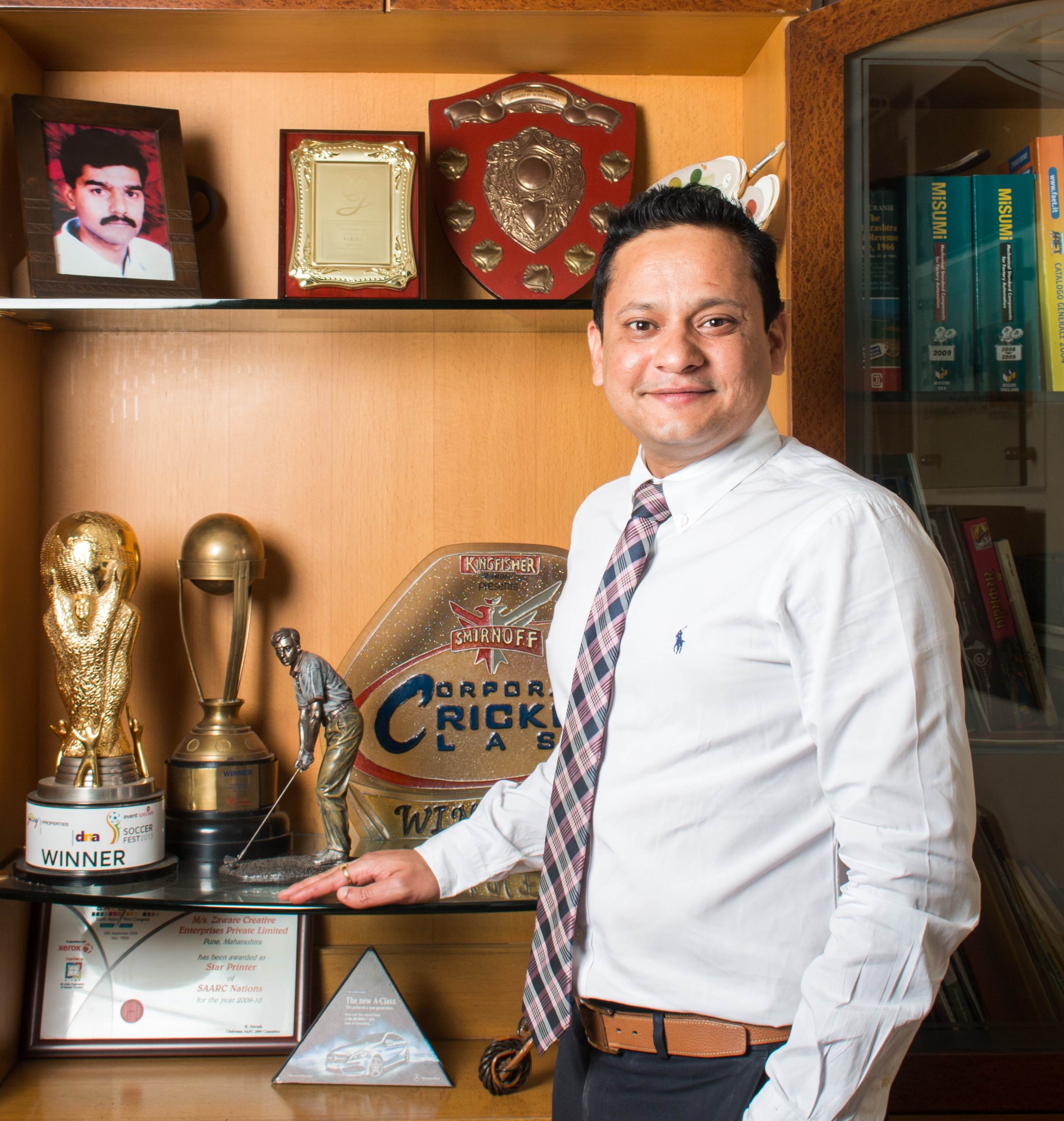 Q: One print job you saw in the last decade that you wish you had created/worked on?
Q: One print job you saw in the last decade that you wish you had created/worked on?
A: A 424-page coffee-table book of paintings by an eminent artist having multiple gatefolds and silver gilding. It was a beautiful hard-bound book with a jacket and hard-case for keeping the coffee-table book.
Q: What is the one thing that you could have done differently in the last decade?
A: We invested in our brand new machines including the Heidelberg CTP, the press and Instant Gate workflow along with all other ancillary machines in 2016. We should have been more pro-active and invested in the machines in the year 2011-12. From this decade the lesson we have learnt is that we should be more proactive, and shall keep investing in new technology every three to four years.
Q: One print equipment that you would want to pick up in 2020 and why?
A: The Bobst VisionFold folding-gluing machine. Our packaging footprint is growing and it’s the need of the hour for us to go for the new investment.
Q: It’s been a tough 2019 for the Indian economy. What’s your prediction for 2020 - Indian economy and your print business?
A: It's been a tough year across all segments. We as print and packaging solution providers have a diverse clientele ranging from various industries. The slump and negative growth can be seen for the past two years now and it should only go up from here. Sustaining these tough years is the key.



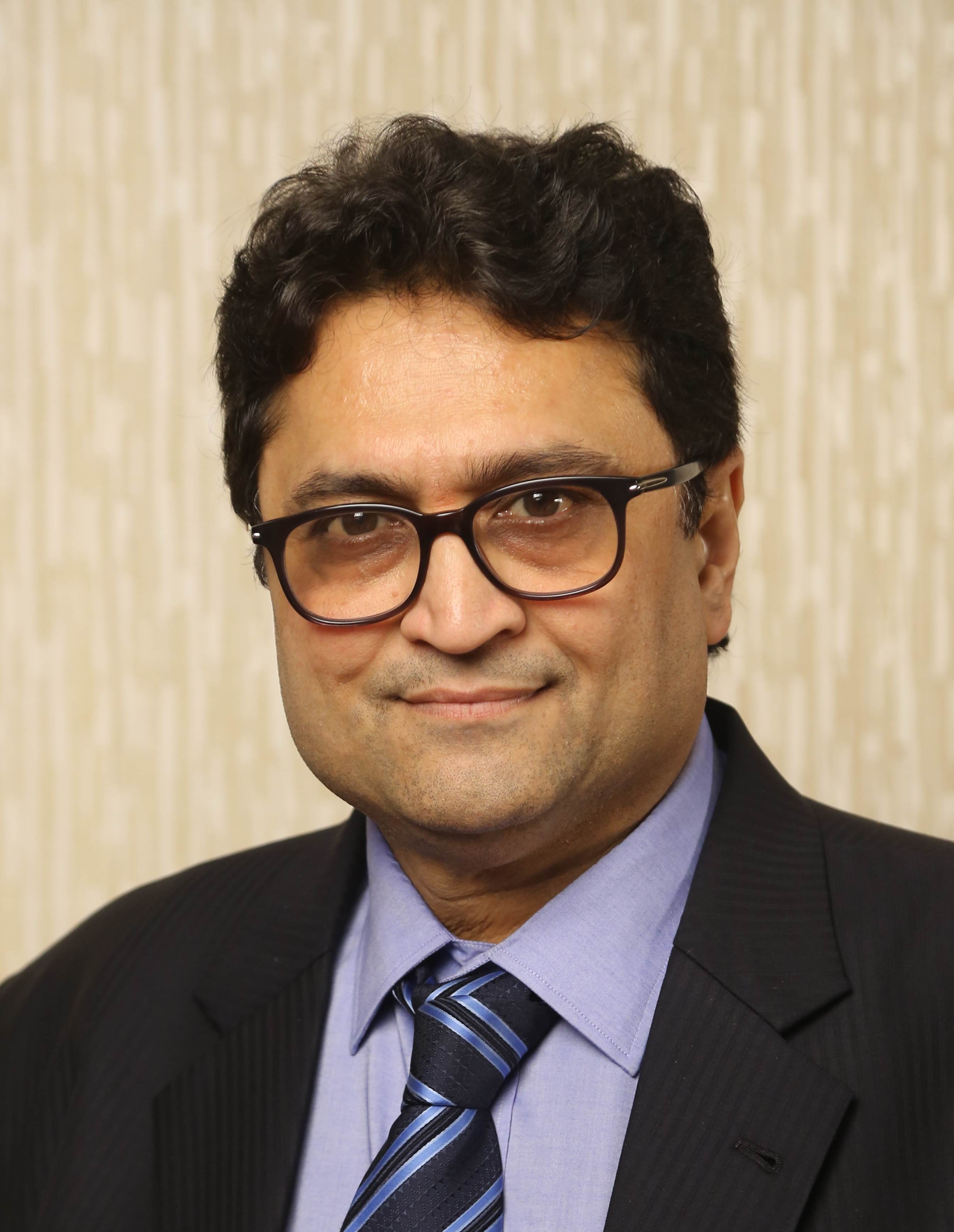










 See All
See All